Domaine Joseph Voillot, Côte de Beaune
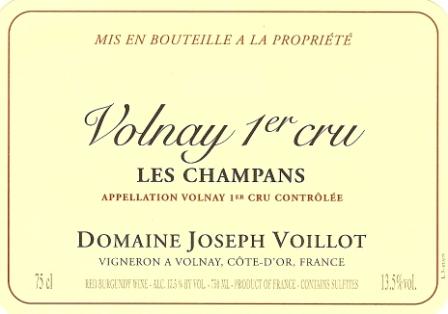
| Country & Region | France, Burgundy |
| Appellation(s) | Pommard, Volnay, Meursault |
| Producer | Etienne Chaix |
| Founded | The Voillot family has farmed this domaine since the 1840s. |
| Website | www.joseph-voillot.com |
It was a great pleasure to revisit Domaine Joseph Voillot and taste with Jean-Pierre Charlot and his nephew Etienne Chaix. As Chaix takes the reins, ably counseled by Charlot, the approach to winemaking hasn’t changed: what Charlot calls the “bon sens paysans” prevails, with destemmed grapes, classical macerations and modest percentages of new oak. As ever, these are very classically proportioned wines that really repay bottle age.
—William Kelley, The Wine Advocate, January 2021

In July of 2014 Joseph Voillot died in the house he grew up in, just in front of Volnay’s thirteenth-century church (below). Joseph was a vigneron through and through, the fourth generation of his family to manage the estate, and he represented the old breed of Burgundian growers. On the day of his funeral, Volnay overflowed with those paying homage.
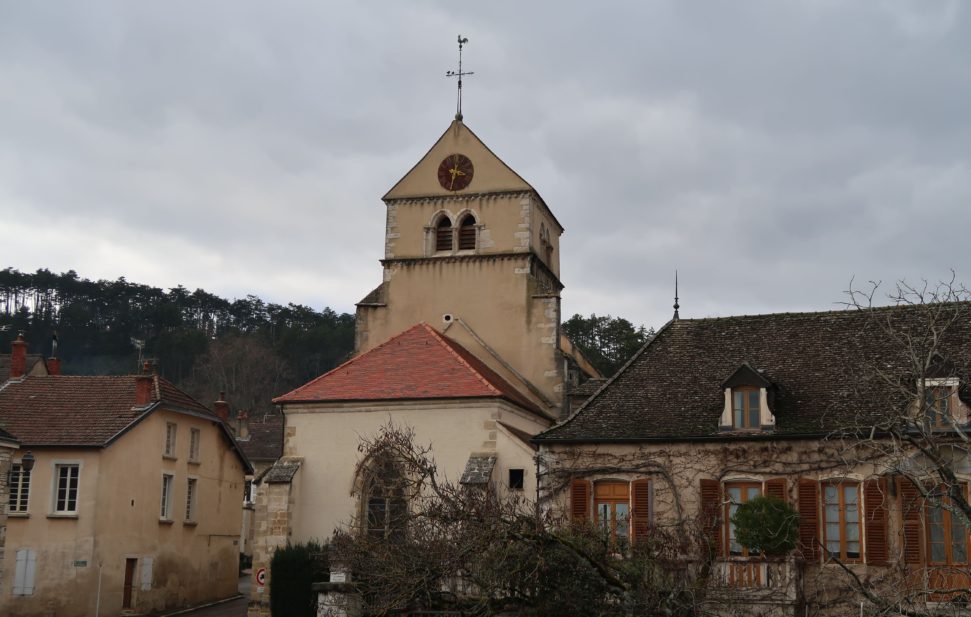
He wasn’t the first Joseph Voillot, however; that honor goes to his great-great-grandfather, the Joseph who founded the domaine in the 1840s, farming various crops, sharecropping vineyard parcels, and maintaining a few vines of his own. His son Jean-Baptiste subsequently added several parcels, including Clos Micault in 1870, increasing the total to over seven acres. The third generation, Marius, added Volnay Fremiets, Pommard Rugiens, and Meursault Les Cras (and probably inherited vines through his marriage to Céline Rossignol). Their son was the second Joseph Voillot, who added yet more parcels to the stable. By 1957, one-third of the production was domaine-bottled, the rest sold to the négoce.
The second Joseph had three daughters, none of whom wanted to follow in his footsteps. Thus his son-in-law Jean-Pierre Charlot (below) came to join him. Like Joseph, Jean-Pierre was steeped in Burgundian culture. His father managed grower relations and wine selections for the then family négociante firm of Bouchard Père et Fils. Jean-Pierre got a degree in enology, embarked on a stint as a courtier, or local broker, of wine in Beaune, and fell in love with one of Joseph’s three daughters. He went on to teach winemaking at Beaune’s viticultural school while working with Joseph for fifteen years until the latter’s retirement in 1995, at which point Jean-Pierre took over. During his tenure, additional fermenting tanks were purchased, all of the domaine’s production was bottled, export markets were opened, and the parcel of Beaune Coucherias was acquired. Above all, he refined his father-in-law’s style, earning the domaine an enduring reputation for wines of traditional elegance and breed. Jean-Pierre retired in 2019.
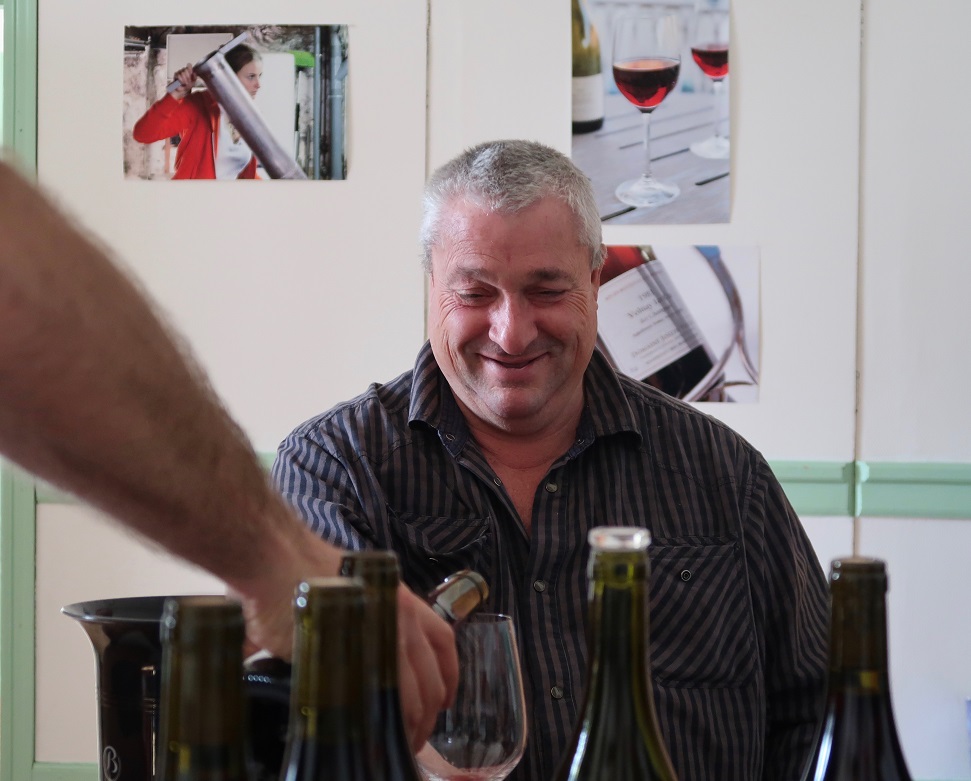
Like Joseph before him, Jean-Pierre had no heirs. The uncertainty of what might happened ended when his nephew Etienne Chaix (below) joined him in 2016. Etienne is Joseph’s grandson and represents the 6th generation of the family. He stopped all use of herbicides in the vines and went to using Diam corks, but beyond that hasn’t changed much. The farming is sustainable, with cover crop allowed over winter and weed control undertaken by shallow plowing in summer. All vines are hand harvested and all the grapes are de-stemmed. Initial fermentations happen without yeast additions in concrete and stainless steel tanks, and the use of new wood during élevage remains 10-20% for the premier crus; less for villages; none for the Bourgogne (but which is raised in barrel). The wines are not fined and are only lightly filtered, if at all, at bottling.
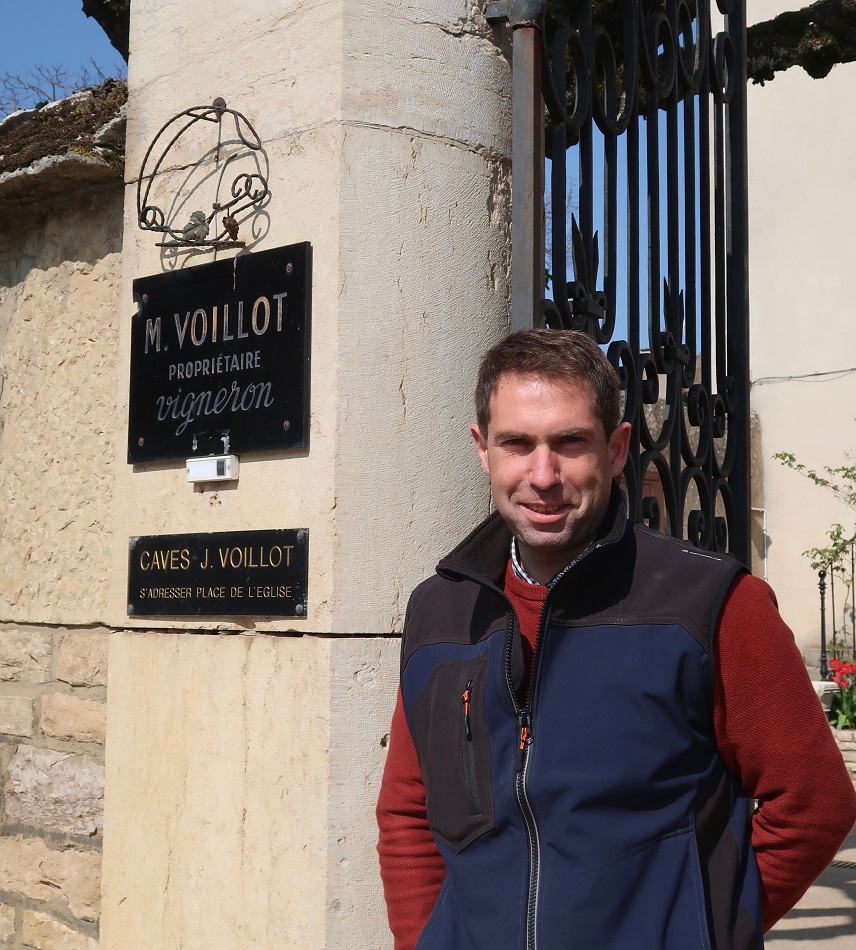
Today the domaine farms vines spread across Volnay and Pommard, along with the parcel in Beaune Coucherias. All of the Villages parcels are farmed the same, and all of the premier cru parcels are treated the same; ditto for how these wines are treated in the cellar. The differences come from the sites.
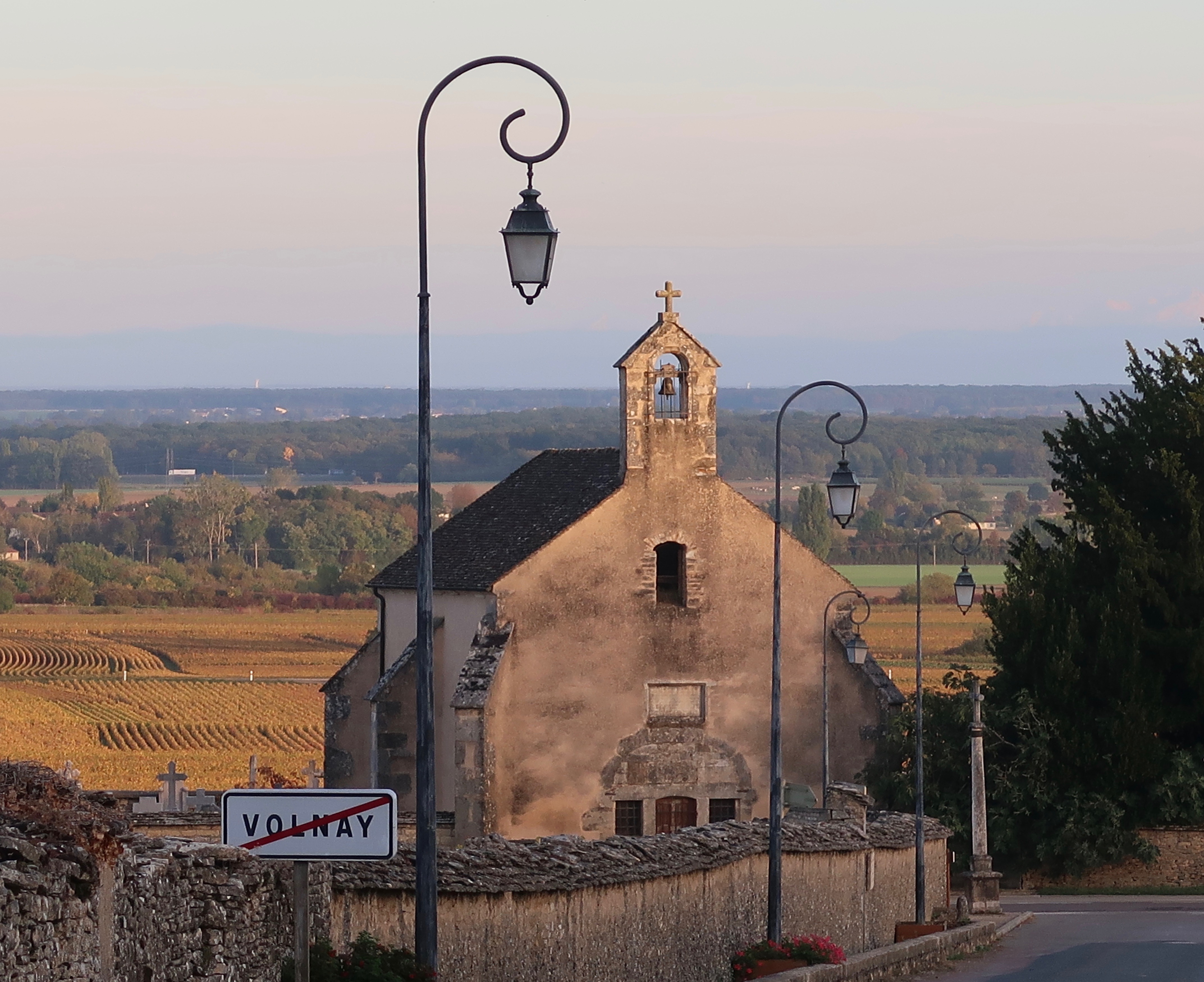
In 2001 and 2004, many of those parcels were badly hailed, and this was repeated, stunningly, in 2012, 2013, and 2014. Those last three years saw hail coming in June or July and flaying the same swath of land from Meursault to Beaune, a consecutive cataclysm never before recorded. Crop loss averaged as high as fifty percent. Following that third hailstorm, Jean-Pierre sold the family holding in Volnay’s Les Brouillards, and now the domaine’s total vineyard surface is nine hectares, or just over twenty-two acres.
In the early morning of April 27, 2016, the worst frost in seventeen years descended upon Burgundy and the domaine lost well over 50% of its crop. What kept morale up was Etienne’s coming on board, thus ensuring that the domaine would remain in the family.
Etienne’s first “official” vintage was the 2019, which, although short in crop, was quite an auspicious start for this dedicated young man.
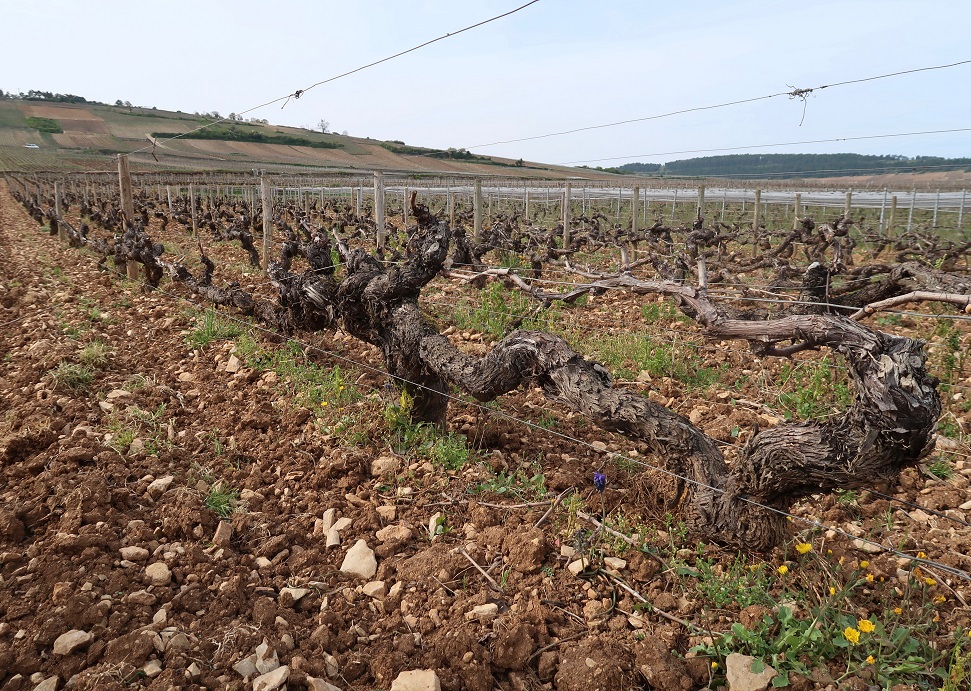
Above are the vines in Fremiets from the 1930s. Look closely at the nearest one; it’s one of the old mother vines, with a cane rolled over to form another vine–it has two trunks.
The Wines
| Wine | Blend | Description |
|---|---|---|
| Bourgogne Rouge | Pinot Noir | Formerly from four parcels until one in Volnay grew too diseased and was sold, this wine as of 2016 comes from three small old parcels. One is below the Volnay Villages designation; the other two are immediately across the border in Meursault Bourgogne territory. They total nearly 4 acres and average a solid 5 decades in age. The wine is quite traditional, raised entirely in neutral barrels rather than tank, and labeled Pinot Noir to make clear that no Gamay is blended in (which is legal and often done by négociants). |
| Volnay Vieilles Vignes | Pinot Noir | Eight parcels totaling nearly 4.5 acres whose vines average 50 years old. The main volume comes from the lieux-dits of Famines, Gigotte, Pasquier, Grands Poisots and Petits Poisots. |
| Pommard Vieilles Vignes | Pinot Noir | Four parcels—Cras, Poisots, Saussilles and Vaumuriens—totaling 3 acres with the vines averaging 54 years old. Tech sheet here |
| Volnay 1er Cru "Les Caillerets" | Pinot Noir | 0.34 acre whose vines date from 1984. Name refers to the stony soil. |
| Volnay 1er Cru Les Champans | Pinot Noir | The domain’s largest premier cru holding, a parcel of 4.2 acres whose vines date from 1934, 1971, and 1985. Within the premier cru band, Champans is down slope and has heavier soils, giving its wine more fruit and breadth than other Voillot Volnays. |
| Volnay 1er Cru Les Fremiets | Pinot Noir | 1.5 acres whose vines date from 1932, 1950, and 1978. One of those 1932 vines is pictured in the last photo above, and its right cane can just be seen arcing downward—it's one of a handful of very traditional "mother" vines among this group of old vines, directed downward into the ground to take root before continuing along the trellis. This parcel is up slope, and the wine is very calcaire, or limestony—you taste the stone in this elegant, intensely perfumed wine. It's Voillot's most quintessential Volnay, yet paradoxically the vineyard borders the Pommard AC. |
| Pommard 1er Cru Les Epenots | Pinot Noir | 0.43 acre parcel planted in 1961. These vines are in Les Petits Epenots, on the north side of the village and on the clay-rich plateau below the shoulder where Pézerolles is located. |
| Pommard 1er Cru Clos Micault | Pinot Noir | 0.34 acre parcel planted in 1958. This clos is on the south side of the village, across the road from Rugiens. If Rugiens is all about structure, Clos Micault is all about fruit. The parcel is the original Voillot family vineyard, purchased by them in 1870. |
| Pommard 1er Cru Les Pézerolles | Pinot Noir | 1 acre whose vines date from 1963. This vineyard grows north of Pommard on the shoulder above the Epenots field, and the wine is notable for its spice, balance, and length. |
| Pommard 1er Cru Les Rugiens | Pinot Noir | 0.62 acre whose vines date from 1959. This parcel is located entirely in Rugiens en bas, south of Pommard. |
| Beaune 1er Cru Aux Coucherias | Pinot Noir | This comes from a parcel the domaine began to work with in the early 2000s. Aux Coucherias grows in the middle of the Beaune appellation, but at the top of the slope--it's one of Beaune's highest premier crus. The Voillot parcel is all of 0.3 acre, planted in 1964 and 1981 in shallow red-brown limestone soil, and faces south. It reflects Beaune's ample fruity deliciousness well. A bountiful year sees five barrels or 125 cases, but typically the production is between two and three barrels. |
| Meursault Les Chevalières (lieu-dit) | Chardonnay | 0.37 acre whose vines date from 1979. These vines grow high on the western slope above Meursault, giving the wine a stony elegance. In a normal year, three barrels are made, one of which (25 cases) is sent to the USA. |
| Meursault 1er Cru Les Cras | Chardonnay | 0.34 acre whose vines date from 1963 and 1980. This parcel grows immediately north of Meursault, below the road heading over the pass to Auxey-Duresses. The Santenots vineyards are close by and the soils are relatively heavy here, making for a wine of rich substance and longevity. In a normal year, three barrels are made, one of which is sent to the USA. |